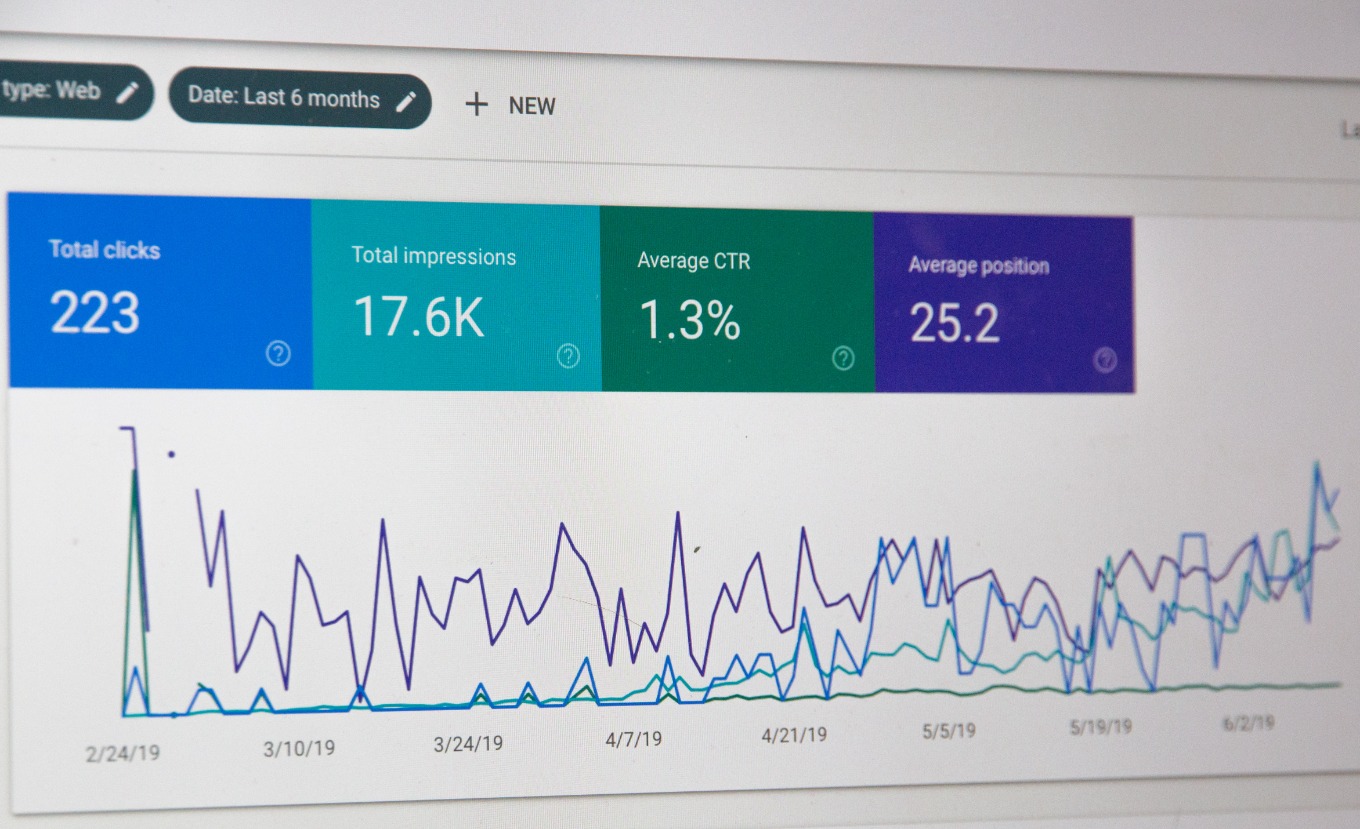Custody Lawyers Industry Report: Unveiling Key Findings and Crucial Insights
As we delve into the compelling world of custody lawyers, we're presented with an intriguing mosaic of interlinking facets, each one providing a unique perspective on this vital legal sector. A deep dive into this industry reveals a multitude of evolving trends, innate challenges, and innovative solutions, all underpinned by the fundamental principle of safeguarding the best interests of the child.
Custody law, a sub-discipline of family law, specifically targets the complex issues surrounding child custody. The players in this legal realm, the custody lawyers, form the vanguard, representing parents or guardians in legal disputes. The primary objective of these professionals is to ensure a fair, unbiased determination of guardianship that places the child's welfare as the paramount concern.
In the realm of custody law, time and geographical space hold a pivotal role. Historically, a dominant trend was evident in the 19th century with the Tender Years Doctrine, which inherently favored the mother in custody battles. However, as societal norms evolved, so did the law. The late 20th century witnessed the advent of the Best Interests of the Child standard, a more equitable approach.
This evolution echoes the changing societal trends, norms, and understanding of parental roles. It's akin to the famous Nash Equilibrium in game theory, where the law's evolution represents a strategy profile with the best response dynamics, dynamically responding to societal changes.
Geographically, the United States presents an interesting case study. Each state proffers its nuanced stipulations, effectively creating a legal kaleidoscope that custody lawyers must navigate with dexterity. For instance, New York and California present a stark contrast, with the former favoring joint custody and the latter maintaining a neutral stance.
In the contemporary era, the landscape of custody law is witnessing a significant influence of technology, specifically digital communication platforms. The proliferation of video conferencing technology, for example, plays a vital role in facilitating remote parenting and court proceedings. However, this also poses unique challenges, such as digital privacy concerns and the risk of digital divide, particularly for underprivileged demographics.
One could equate this phenomenon with the Heisenberg Uncertainty Principle in physics. As custody law increasingly embraces technology, the more uncertainty is introduced in the outcomes of legal proceedings, thereby making the role of a skilled custody lawyer even more critical.
The economic implications of custody battles are significant, primarily driven by the demand and supply dynamics of custody lawyers. As per the Law of Demand, a surge in divorce rates, and consequently, an increase in custody battles would naturally lead to a higher demand for custody lawyers. This can ultimately impact the cost of retaining legal counsel, a crucial factor for parties involved.
The demand for custody lawyers can also be influenced by changing societal norms and legal stipulations. For instance, the increasing acceptance of same-sex marriages and their associated custody issues presents a new demand dynamic for this sector.
In conclusion, the custody lawyers industry is a complex constellation of various factors—historical, geographical, technological, and economic. Understanding this intricate tapestry is vital for anyone looking to navigate this legal terrain successfully. It is a dynamic industry with evolving challenges and solutions, where the only constant factor is the unwavering focus on protecting the welfare of the child. As we continue to study and understand this industry, it offers us a unique mirror, reflecting societal trends, norms, and values in its ever-changing facets.
A deep dive into this industry reveals a multitude of evolving trends, innate challenges, and innovative solutions, all underpinned by the fundamental principle of safeguarding the best interests of the child.






